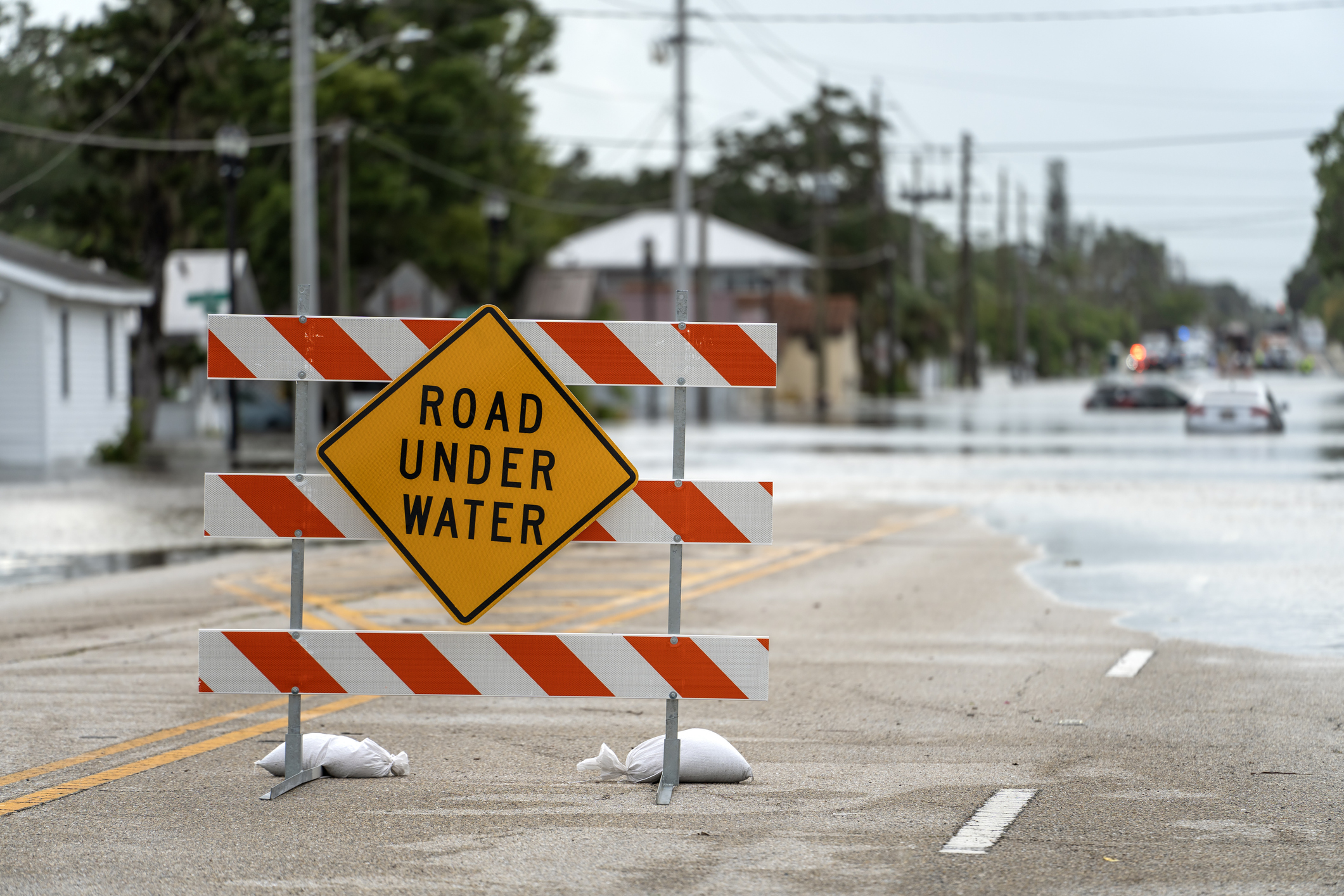The costs of Washington state’s new cap-and-trade system are significantly higher than the benefits it might provide to the people of the state. That is the conclusion, albeit hidden, of the Washington State Department of Ecology’s analysis of the CO2 regulations which are set to take effect next year.
The official “Preliminary Regulatory Analysis” of the Climate Commitment Act Program found that implementing the new cap-and-trade law will cost between $48.11 and $48.56 billion through 2050. The analysis claims the program would provide between $54.27 and $54.72 billion in benefits, resulting in an estimated net gain of about $6 billion in total benefits. To achieve this favorable result, however, the study authors rely on two important accounting tricks.
First, they count climate benefits for the entire 8 billion population of the globe, not just those living in Washington state. Those benefits, which they estimate at $17.27 billion, include benefits to Seattle, Saudi Arabia, and Siberia. There is a fair argument for including an accounting of these benefits. Washington state’s economy has benefitted from emitting CO2 which has impacted others across the globe, so it is not unreasonable to account for the reduction in those impacts by reducing emissions here. Along those lines, the report notes, “For typical costs and benefits, Ecology uses Washington State-only values, but GHG emissions are unique, and require a broader approach to valuation, especially as it applies to the co-externality impacts of carbon emissions. Ecology believes the use of a global SCC is the appropriate carbon cost to use in analyses, because of the unique nature of carbon and climate change.”
However, the analysis takes the questionable step of refusing to show readers a Washington state-only calculation of costs and benefits. The reason is very clear: this policy will do almost nothing to reduce climate impacts in Washington state. According to an analysis from Kevin Dayaratna at The Heritage Foundation using standard climate models, if Washington state meets its goal of emitting nearly zero CO2 emissions by 2050, it would reduce temperatures in Washington and the globe by 0.0015 degrees by that year. That would yield virtually no benefit to Washington state residents. Only by multiplying that tiny amount by the global population does the carbon reduction become even marginally meaningful.
Even as they refuse to clarify the benefits to Washington state, the report authors disingenuously insinuate the new regulations would reduce the impact of climate change on forest fires, agriculture, shellfish, and “environmental justice.”
For example, early in the report on page 17, the authors write, “wildfires cost Washingtonians at least $1.6 to $8 billion each year,” but then they admit on page 119, “we do not know the extent to which these environmental and human costs would be avoided under the proposed rule.” This statement is intentionally misleading – citing the cost of wildfires while intentionally hiding the fact that the cap-and-trade policy would do very little to reduce those costs.
The second trick they use is to choose a very low discount rate, ironically against the recommendation of the very source cited in Ecology’s own study. A discount rate is a way to compare the value of future benefits with a benefit today. A high discount rate indicates spending today is better than doing so in the future. A low discount rate indicates future benefits would be similar to today’s.
The Department of Ecology used the lowest reasonable discount rate of 2.5 percent. To justify this choice, the Ecology analysis cites an administrative law judge ruling in Minnesota. Setting aside the question of whether that source is appropriate to Washington, the ruling contradicts the use of just one discount rate. As we noted previously, the ruling calls for the use of a range of discount rates, “including the 2.5 percent, 3.0 percent, and 5 percent discount rates.” If the Ecology report had followed the conclusion of their own source, the cost-benefit analysis would have tipped to negative, even when counting global benefits – clear not a result they wanted their report to show.
Without either of these tricks, Ecology’s analysis would show that the costs of the costly cap-and-trade policy exceed the benefits, likely by billions of dollars.
There are other problems with the analysis which we outlined in our public comments, which you ![]() can read here. The fact that Ecology’s authors had to violate their own standards of looking at Washington impacts and even contradict their own source, indicates how much they had to stretch to achieve the pre-determined outcome for their report.
can read here. The fact that Ecology’s authors had to violate their own standards of looking at Washington impacts and even contradict their own source, indicates how much they had to stretch to achieve the pre-determined outcome for their report.




